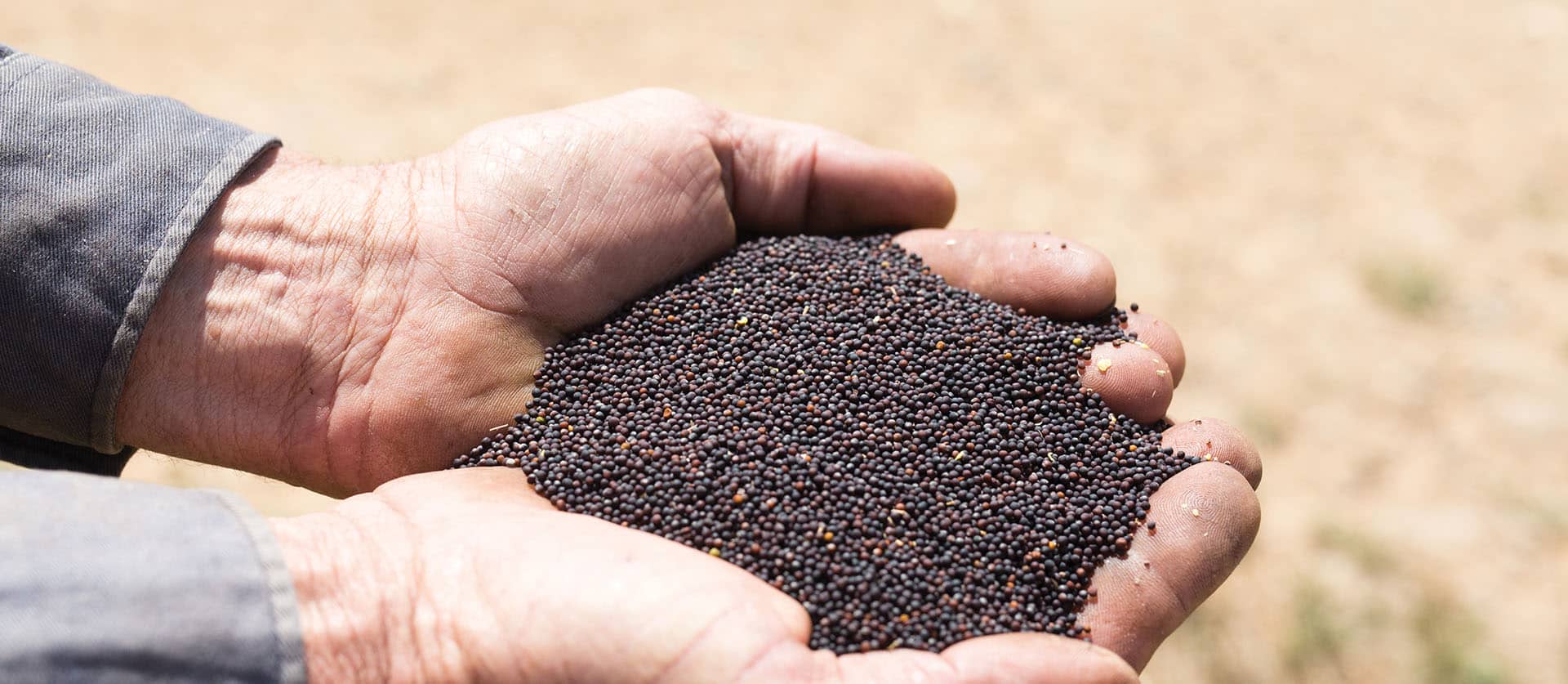Got some questions about the End Point Royalty process?
Find out more about some frequently asked questions we encounter at Variety Central.
-
What are Levies?
Despite the introduction of EPRs to supplement private breeding programs, growers of over 25 leviable crops are still required to pay an R&D levy.
Presently, the R&D levy paid by growers is calculated as 1.02% of the farm gate value of the crop. Levies are collected through the Department of Agriculture, Fisheries and Forestry (Levies Unit)
A portion of this levy is allocated to the Grains Research and Development Corporation (GRDC) and is used for a number of important services to support the grains industry.
Services include;
- Crop classification
- R&D capacity building
- Pre-breeding activities
- New farm practices
- New varieties (excluding mainstream wheat breeding)
- Other GRDC activities (including National Variety Trials (NVT))
For further information on the investment activities of the GRDC levy, please refer to the GRDC Annual Report
-
Why should growers pay a levy to the GRDC and an EPR?
Breeding programs for the major broadacre crops have gradually moved from being publicly funded to self-funded. EPRs provide an income to these breeding programs to enable improved variety development.
GRDC levies are used for a number of important services including R&D capacity building, pre-breeding research, developing new farm practices, breeding activities where there is still market failure, and other activities such as the NVT system.
-
What is the National Growers Register?
Since 2002 NGR has provided a simple, secure and streamlined online business register for growers throughout Australia. After creating an account you can submit a Harvest Declaration form and various other documents.
Frequently asked questions regarding the National Grower Register can be found on the NGR website
-
What is the difference between plant breeders rights (PBR) and EPR?
The PBR is a legislated act that provides the rights for the owner of the variety to commercialise the variety and the EPR is the royalty charged as a result. The EPR will be payable for the life of the variety in the market place, while the ownership of the variety is protected under the PBR Act (1994) for a maximum of 20 years.
-
How is the EPR calculated?
EPR rates are set by the variety owner. They are normally determined by research and development costs, market forces and the value of the variety to Australian cropping.
-
Can the EPR on a specific variety change from year to year?
Setting EPR rates is at the discretion of the owner of each variety. Growers are usually informed well in advance of sowing about any changes to specific varieties’ EPR rates.
-
Why do I have to pay the EPR on a variety that has not performed for me?
The grower has a contracted obligation to the variety owner or its commercial agent.
-
Can I use PBR varieties in a share cropping situation?
Seed of PBR-protected varieties may be sown under a genuine share cropping arrangement.
-
My neighbour tells the bulk handlers that grain they deliver is a non-EPR variety to avoid paying - is this illegal?
This mis-declaration of a variety is a breach of the PBR Act and may result in fines of up to $55,000 for an individual and $275,000 for a company. It may also breach any seed licence that is in place.
Correct variety declaration is a vital component in maintaining Australia’s premium quality grades. Growers deliberately mis-declaring varieties are potentially diminishing the viability of the plant breeding companies to deliver improved varieties and the ability of Australia’s grain trade to deliver grain quality to the marketplace. New improved varieties and premium grain markets are vital ingredients in the success of every grower’s grain business and Australia’s grains industry.
-
What if I choose not to comply?
Variety owners and royalty managers use a number of different sources to monitor EPR compliance. While it is ultimately up to the grower to ensure compliance, Harvest Declaration forms, bulk handler reports and grain trader reports can all help measure compliance and, when required, direct invoicing of growers will take place. Compliance with EPR systems is vital to ensure the future of Australian breeding programs.
-
Can I sell the seed of a PBR-protected variety with the sale of the farm?
For most varieties, other than those where the breeder/owner has clearly indicated that the grower is permitted to sell as seed, the seed remains the property of the breeder/owner and application to transfer the seed to the new farm owner would need to be made. If the transfer is approved, then the vendor has no further claim on the seed.
-
Do I have to pay EPR on harvested grain I have kept for sowing next year?
Some breeders/owners may insist growers pay a royalty on farmer saved seed, while others do not. Seed suppliers should be able to indicate the situation for varieties they sell.
-
Do I still have to pay the EPR if I feed my harvested grain to my own livestock?
Yes – the royalty is payable on total tonnes harvested, not only tonnes delivered to a warehouse or buyer.


